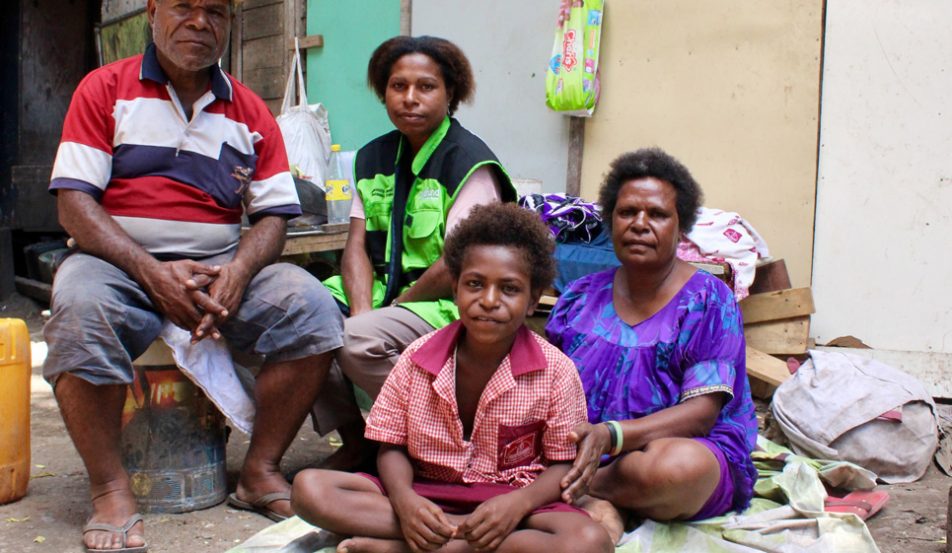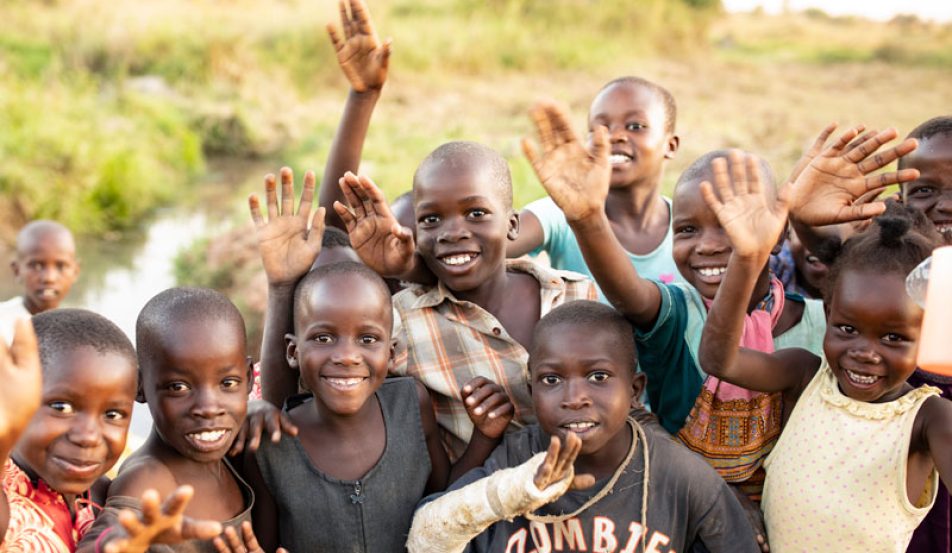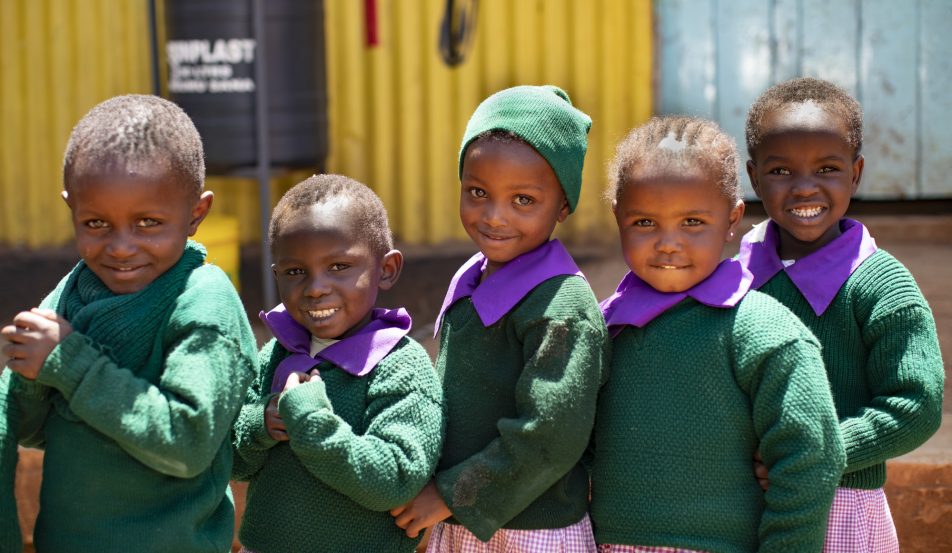How to talk to your children about COVID-19?
It’s normal to want to shield your child from difficult topics like COVID-19, but the reality is they’ve probably already heard about it. They may have seen it on television or online, talked about it at school, with their friends, or overheard your conversations with others.
Coverage of COVID-19 is everywhere and, with so much information, it is normal and understandable that both adults and children might be feeling overwhelmed or anxious. Talking to children openly and honestly during this time is a positive way to support them, reduce any distress they may be feeling, and ensure they feel safe.
It’s important that you feel comfortable talking to your child about COVID-19, and the interruptions this may be having on their daily routine. Parents and caregivers are the people that children trust the most, so to help you start the conversation,, and put your child at ease, we’ve put together a seven step process to make it easier for you. Let’s get started.
1. Ensure you feel prepared and ready to talk about COVID-19
Before talking with your children, having a clear understanding of why it’s important to have the conversation and some simple messages you want to help them understand can help the conversation run more smoothly. This will help you to remain calm during your discussion ,reduce self-doubt, and it will keep you focused on communicating the facts about COVID-19 clearly.
The goal should always be to keep your child informed about COVID-19, with factual information from reliable sources. Having these discussions will help your child feel reassured, and reduce anxiety in the months to come.
2. Choose a comfortable and safe space
Be selective about where you have the first direct conversation about COVID-19, and subsequent talks as the situation unfolds.
We’d recommend choosing the room or area where your family spends the most time, or where you would usually have important conversations. It doesn’t matter whether this is around the dining room table at dinner time, or while relaxing on the couch before watching a movie.
3. Try to remain calm when talking about COVID-19
As the single most important role model in their life, the most important thing to remember is that your child will take their cues from you. If you’re anxious about COVID-19, there’s a high chance your children will be too.
Try not to have the conversation with your child unless you are feeling calm, focused and collected. You want to be as reassuring as you can, because your child will have already heard about COVID-19 through school, their friends and overheard conversations between you and other relatives.
4. Be developmentally appropriate
Scale the level of detail you provide based on your child’s age. Too much information too soon may overwhelm younger children and do more harm than good. Focus on what your child needs to do to stay healthy, what you’re doing to keep yourself healthy and any key changes that may affect the child’s daily routine.
Families with multiple children may wish to have a group discussion, and a separate talk with older children, who need to know more about the situation than their siblings.
5. Encourage children to ask questions and take the time to listen
Older children in particular may have a lot of questions about COVID-19 and how their routine is going to be affected. Listen to their concerns, as a lot is changing very quickly in their world, and that can be frightening for anyone, but even more so for children.
Be open to answering any questions they have, with the information at your disposal. If you’re not sure about the answer, don’t guess but try to be as optimistic as you can and tell your children you’ll find out more and update them later.
Older children may want to do their own online research, so encourage them to visit sites that are reputable and provide trusted information and advice. This might be something that you can do together with your children and guide them to reliable sources.
6. Develop and maintain a daily routine
There’s so much uncertainty about how long restrictions will last, and children will naturally be asking when the pandemic will be over. From schools shutting down, to not seeing their friends or being able to play outside as frequently, there’s a lot of interruption to their world.
Where possible, developing and maintaining a daily routine can start to create more certainty and a sense of security for children and young people. Retaining as much of your existing routine as you can will also help things feel familiar and comforting.. Consistent meal, learning and bed times will ease your child’s adjustment into a new schedule.
Regular daily walks as a family, or games in the backyard, could be a way to introduce new and healthy routines to families who now have extra time to spend together
It is important to acknowledge your children’s feelings of anxiousness and distress and to offer reassurance..
7. Keep your children informed
As the government updates health recommendations, the effect of the pandemic on you and your family will change. Keep your children in the loop. You might like to have a weekly family meeting where you go over any updates, or regular informal check-ins with how your child is feeling.
Have the conversation about COVID-19 with your child
There’s no perfect time to have the conversation about Coronavirus with your child. Remember to keep calm, choose the right space, be open and honest, and answer questions to your best ability. It’ll help your child feel less anxious about COVID-19, and help your family get through the next few months more easily.


































